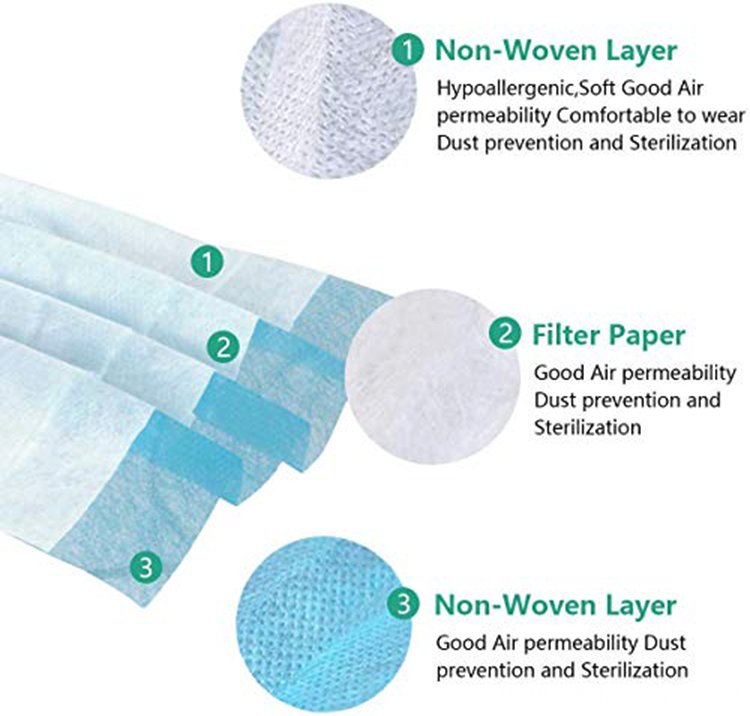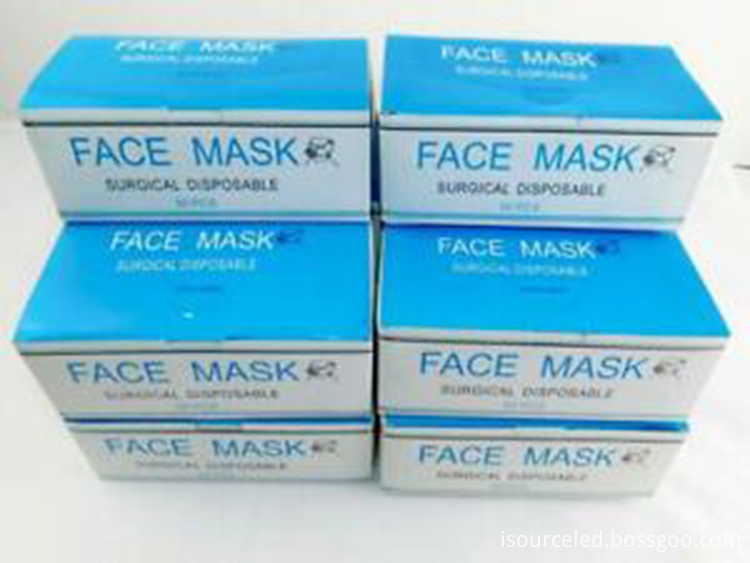Ultra-wideband (UWB) is a high-bandwidth (480-1320Mb / sec) and short-range (10-50m) wireless transmission technology that is gradually being used more in medical applications. Medical device manufacturers have begun to use UWB technology for electronic endoscopes, laryngoscopes, and ultrasonic sensors. This article describes how to apply ultra-wideband technology to electronic endoscopes.
Considerations for using UWB technology for endoscopy
The flexible optical endoscope has a long and thin tube that can be introduced into the patient. The new endoscope contains a light source and a tiny imaging sensor at the top. By using a new type of LED light source and a micro CMOS camera, this structure is feasible. The power consumption of the LED light source at the top of the endoscope is much lower than that of the traditional high-power light source. Therefore, a small set of batteries is enough to support the endoscope for several hours. In addition, copper wires can be used to replace expensive light pipes. Another advantage is that the image can be displayed on the LCD and recorded at the same time. The wireless connection of the display eliminates the physical limitations of the endoscope, making patients and doctors more comfortable during the examination.
Digital transmission is an ideal transmission method because it can provide high-definition picture quality and avoid distortion. Since the doctor observes his operations on the patient through a video monitor, the picture should appear on the screen in real time—in other words, the delay should be as short as possible. Therefore, video signals cannot pass through compression circuits or large-scale protocol stacks. UWB's high bandwidth, low latency, low radiation, and robustness make it an ideal wireless transmission technology for endoscopes.
UWB radio technology
The transmission of uncompressed video in NTSC quality requires a deterministic data transfer rate of at least 166 MB / sec, which cannot be achieved with traditional technologies. Traditional wireless technology uses a wireless access mechanism that depends on channel availability. This means that other devices within the receiving range may temporarily reduce the data bandwidth. If UWB technology is used, a channel is permanently reserved during the session. The protocol overhead of UWB technology is very low, which is very important to reduce the transmission delay. By dispersing the data into 128 subcarriers, a very stable wireless channel can be established. Next, other advantages and details of UWB technology will be discussed.
UWB wireless communication layer
Early UWB development was based on different physical (PHY) and medium access control (MAC) layer specifications. Over the past three years, the WiMedia Alliance ’s MAC layer and PHY layer specifications have been adopted by most UWB implementers. Unlike the established wireless transmission technologies (such as WLAN), UWB occupies a 528MHz frequency band for each transmission channel. In contrast, the maximum bandwidth of a wireless local area network (WLAN) channel is 20 MHz. Three 528MHz frequency bands form a frequency band group. The entire frequency range of UWB is 3.1 to 10.6 GHz and is divided into 5 frequency band groups. There are now advanced dual-band transceivers operating in band groups 1 and 3.
WiMedia-UWB uses orthogonal frequency division multiplexing (OFDM) modulation technology. Each 528MH band is divided into 128 subcarriers, and the peak of each subcarrier is exactly at the zero position of the adjacent subcarrier (hence the name 'orthogonal', see Figure 1, page 27). The transmission information is allocated to these 128 subcarriers, and the maximum rate of each 528MHz channel is 480 Mb / sec.
Since the sub-carriers are distributed over a large bandwidth of 528MHz, they support very low transmit power of 37 microwatts (in contrast, the transmit power allowed by WLAN exceeds 300 mW). The broadband and ultra-low transmission power suitable for information transmission make UWB coexist with other radio frequencies in the field of radio frequency (RF). Although the transmission power is only 37 microwatts, its transmission distance can reach 10 meters, and it can pass through a 25 cm thick brick wall without affecting the signal transmission.

Figure 1 WiMedia-UWB each 528 MHz band is divided into 128 subcarriers.
Please note that the peak of each subcarrier is at the zero point of its adjacent subcarrier
3-layer non-woven medical (adult size)
Material: non-woven fabric/meltblown fabric
Size: 175 * 95mm
Color: blue
50 pcs/opp bag
Carton size: 39*39*64cm
G.W.: 7.5kg
FDA&CE certificate
description:
Protection mask, blue/ white, Suitable for respiratory protection, filtering dust,
haze, bacteria, droplets and other harmful particles in the air.


FAQ:
Advantages:
1.WE ARE FACTORY!
2.OEM&ODM
3.Environmentally-friendly material
4.Modern and fashionable deaign
5.Good workmanship
6.Short delivery time
7.Any holiday lights can be done according to customer's requirement
8.We serve decorative lights with best quality,service and affordable price.
Surgical Masks
Shenzhen Dianjiang Engineering Co. LTD , https://www.isourceled.com
